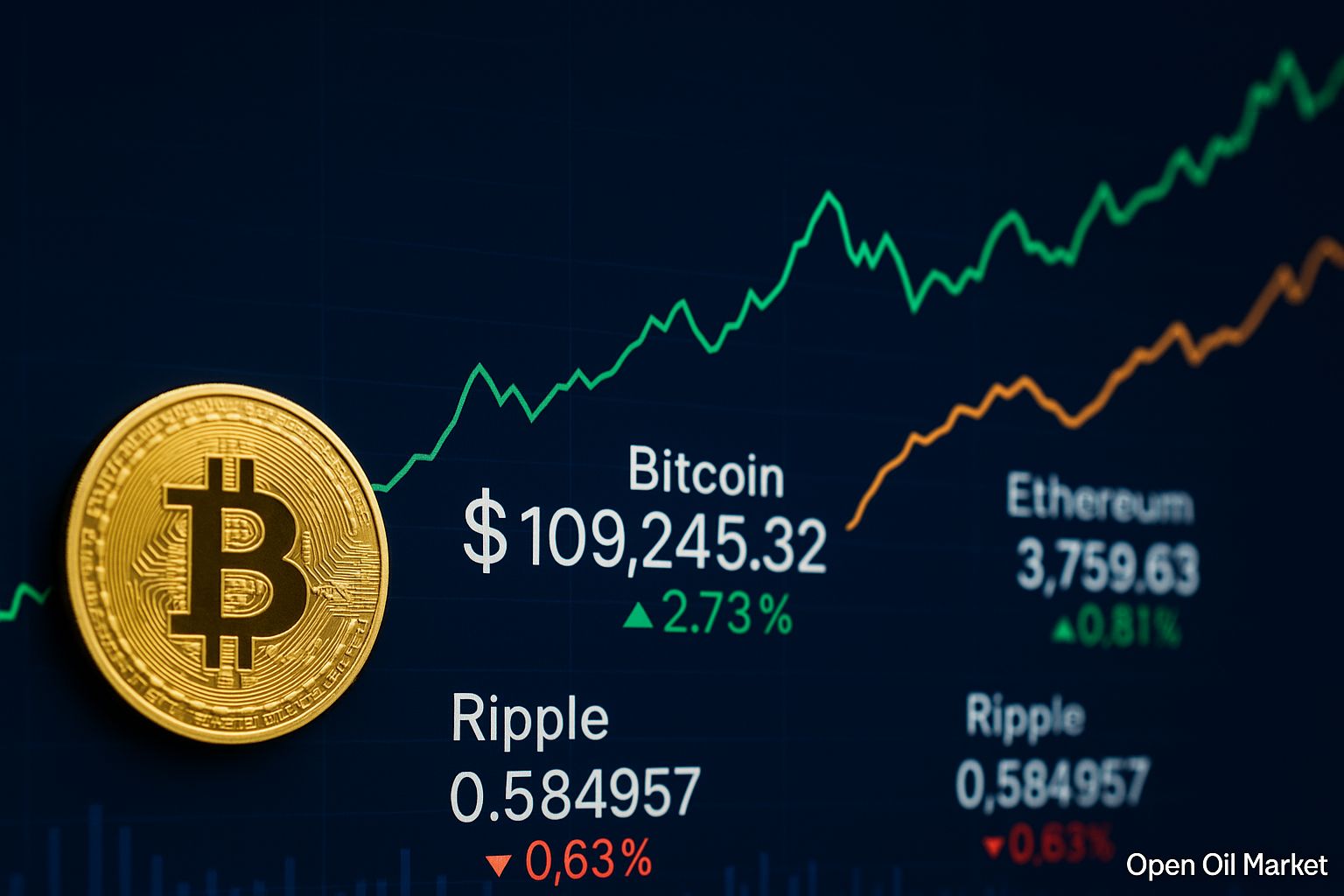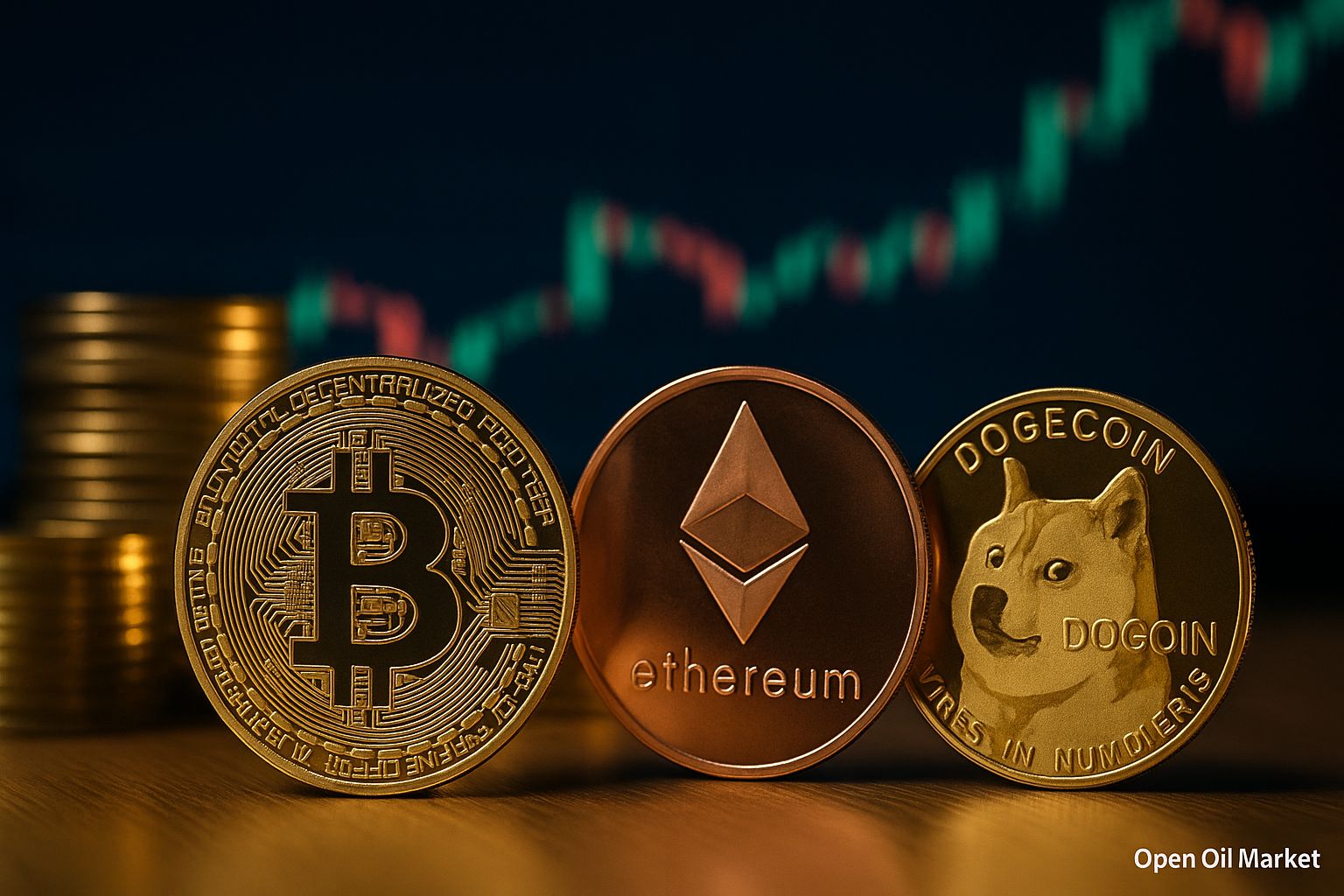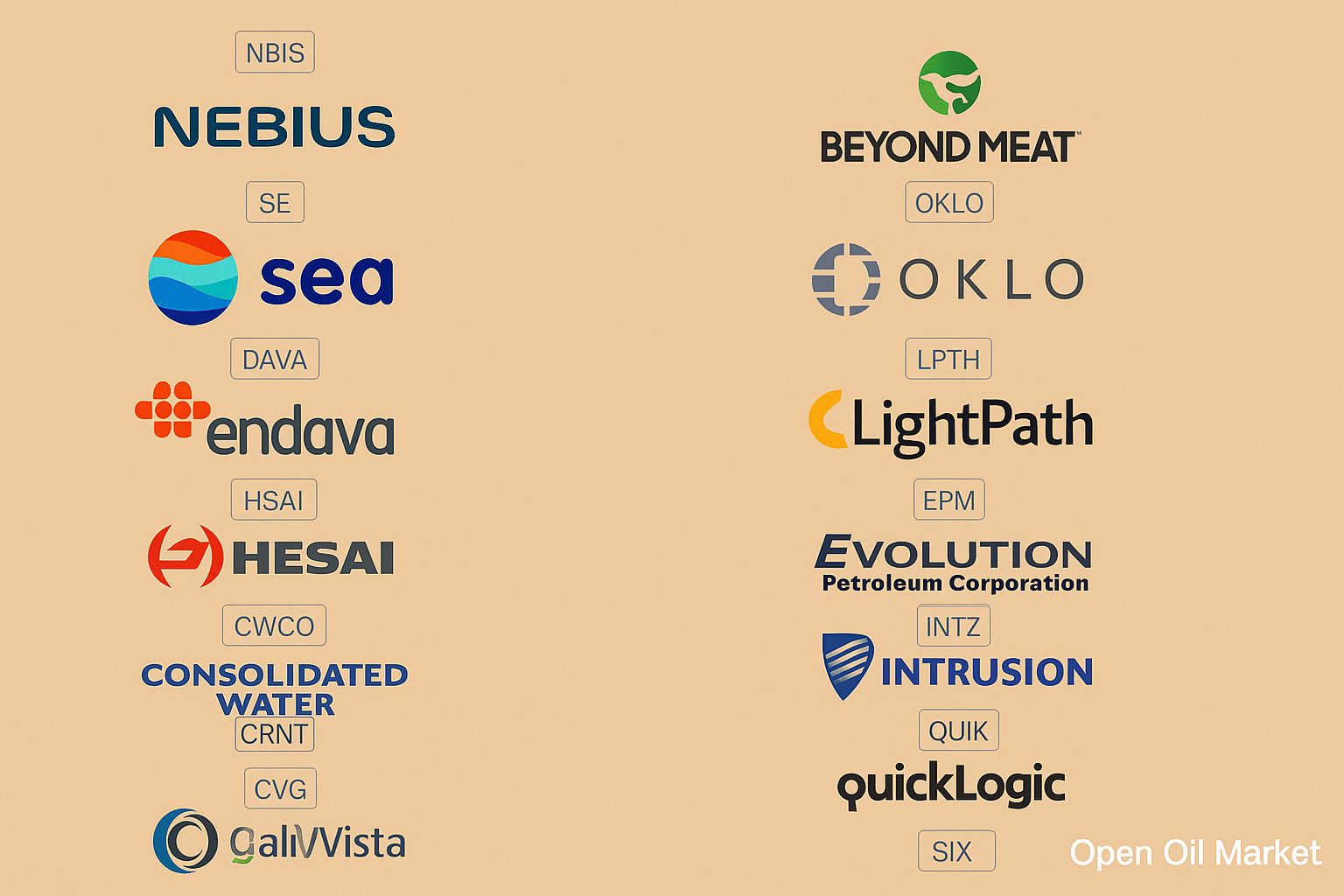
Current Cryptocurrency News for Sunday, 2nd November 2025: Bitcoin Stabilises Around $110,000, Ethereum Maintains Its Position, and Institutional Investors Show Strong Interest in Altcoin ETFs. A Review of the Top 10 Cryptocurrencies Worldwide.
In the last days of October, the cryptocurrency markets have entered a consolidation phase following a period of significant growth. The total market capitalisation of digital assets is approaching $3.7 trillion, with Bitcoin stabilising around the $110,000 mark after reaching an all-time high above $126,000. Analysts note the ongoing volatility: it is estimated that at the beginning of November, the BTC price will fluctuate in the range of $108,000–$120,000, with short-term corrections within this range.
Key factors influencing market dynamics:
- Monetary policy: The US Federal Reserve lowered the base rate to 3.75–4% at the end of October, but Jerome Powell emphasised caution in future steps;
- Global events: the first meeting between the US and China concluded without a final joint statement, Japan launched the yen stablecoin JPYC, while China continues to tighten restrictions on cryptocurrencies;
- New financial products: the first spot ETFs for Solana, Litecoin, and Hedera emerged in the US, with a listing for an XRP ETF expected by mid-November;
- Investor activity: some major investors are taking profits (reducing wallet balances with tens of thousands of BTC), which exerts downward pressure on the price, while others see the correction as an opportunity to accumulate.
Bitcoin: Current Dynamics and Forecasts
Bitcoin remains the primary driving force of the crypto market. Following its historic rally in early October, its price has corrected and is consolidating around $110,000 at the end of the month. Many analysts are predicting a phase of "directional choice": for BTC to resume its upward trend, it must rise above the $112,000 level, which could lead to new record highs. Conversely, if support at around $108,000–$110,000 is lost, a retreat to the $100,000–$105,000 range may occur. Historically, November is viewed as a favourable month for Bitcoin: the median return for this month over the last cycles exceeds 10%.
Estimates from some experts suggest that the base scenario for November anticipates movement within the $100,000–$109,000 range, with the lower end remaining a crucial support area. Simultaneously, medium-term forecasts for Bitcoin maintain a bullish outlook: the median consensual forecast for year-end is close to $150,000, although the upward trend is gradually losing momentum.
Monetary Policy and Financial Markets
Central bank policies and the state of traditional finance impact the cryptocurrency market. At the end of October, the Federal Reserve lowered the key rate to 3.75–4.0%, but Jerome Powell indicated uncertainty regarding future steps. These statements, amid a budget crisis in the US, heightened investor caution. Following this, Bitcoin experienced a drop of about 2%, while there were outflows from spot Bitcoin ETFs amounting to hundreds of millions of dollars over the week.
Additionally, adverse signals from traditional markets are putting pressure on the crypto market: corrections in stocks and rising yields on government bonds dampen the risk appetite. Investors are closely monitoring inflation data and regulatory speeches, assessing their impact on the availability of the dollar and other major currencies.
Global Events and Regulation
Geopolitical and regulatory news have a mixed impact on cryptocurrencies. Recent talks between the US and China concluded without a joint final communiqué, which is seen as a negative signal for the markets. The People's Bank of China reiterated that stablecoins pose a "systemic threat" and continued to tighten control over the crypto business. In contrast, Japan launched its first official yen stablecoin, JPYC, on 27th October. European regulators are also preparing to increase oversight; ESMA is developing a plan to centralise control over crypto exchanges at the EU level instead of fragmented licensing.
Main Altcoins and Technological Updates
Ethereum maintains its status as the second-largest cryptocurrency by market capitalisation (trading around $3,800–$4,000) and serves as a platform for DeFi and NFT projects. The upcoming December fork, Fusaka, is focused on reducing fees and enhancing network security. After a significant rally during the summer, ETH has corrected as investors take profits, and inflows into Ethereum ETFs have diminished. However, the network's fundamental metrics remain robust, and the long-term forecast for Ethereum by year-end consistently hovers around $5,500–$6,000.
Other projects are exhibiting mixed dynamics. The recently launched spot ETFs for SOL, LTC, and HBAR attracted initial significant inflows, but the prices of these tokens fell by 3–6% shortly after their launch. Privacy coins, such as Zcash and Monero, have seen their prices surge several times over the past weeks as investors return their focus to anonymous solutions amid increased transaction monitoring. Stablecoins continue to be one of the market's locomotives: USDT and USDC still provide liquidity, while new initiatives regarding banking stablecoins expand opportunities for accumulation in digital currencies.
Institutional Flows and ETF Products
- In October, total inflows into Bitcoin ETFs amounted to several billion dollars, although the largest funds experienced slight net outflows;
- The new spot ETFs for SOL, LTC, and HBAR launched on 28th October attracted about $65 million: $56 million into the Solana fund, $8 million into Hedera, and $1 million into Litecoin. However, immediately after their launch, their asset prices fell by 3–6%;
- By mid-November, a spot ETF for XRP is expected to be listed, typically attracting the attention of institutional investors.
Top 10 Most Popular Cryptocurrencies
- Bitcoin (BTC) — the first and largest cryptocurrency in the world. Its supply is capped at 21 million coins, ensuring scarcity and giving BTC the properties of digital gold. It is used as a reserve asset and a means of accumulation.
- Ethereum (ETH) — the second-largest cryptocurrency by market capitalisation, serving as a platform for smart contracts and decentralised applications. The transition to Proof-of-Stake has reduced the network's energy consumption, and ETH is widely used in DeFi and NFTs.
- Tether (USDT) — the leading stablecoin pegged to the US dollar. USDT is issued by Tether and used by traders as a "digital dollar" for hedging and transactions without volatility.
- USD Coin (USDC) — a stablecoin issued by Circle and Coinbase. Fully backed by fiat reserves, it is considered a more transparent asset for institutional investors.
- Binance Coin (BNB) — a utility token of the Binance exchange ecosystem. It is used for paying fees, participating in new project launches, and provides discounts within the platform.
- XRP — the currency of the Ripple payment protocol, created for fast international bank transfers. It offers high throughput and is actively adopted in the financial sector.
- Solana (SOL) — a blockchain platform for high-speed transactions. It employs the Proof-of-History algorithm and supports tens of thousands of transactions per second, making SOL a popular choice for NFTs and DeFi applications.
- Dogecoin (DOGE) — a "meme" cryptocurrency that gained wide recognition thanks to internet communities and public support from famous individuals. It is used for tipping, charitable donations, and demonstrates high volatility.
- Cardano (ADA) — a scientifically developed third-generation blockchain. Built on research, it utilises an energy-efficient PoS (Ouroboros) algorithm and supports smart contracts in the Plutus language.
- Tron (TRX) — a decentralised platform for content and entertainment applications. Founded by Justin Sun, it provides high performance and low fees (often utilised for USDT transactions on the TRON network).
In conclusion, the cryptocurrency market as of 2nd November 2025 exhibits mixed dynamics. On one hand, fundamental factors and institutional interest remain positive, while major coins maintain significant support levels. On the other hand, short-term uncertainties arising from economic and regulatory news keep investors on edge. In the coming days, it is essential to monitor the movements of key coins and updates in the ETF sector to respond swiftly to potential trend changes.




